Written by Natalie Aldridge.
Lampshades, those magical companions of lamps, have been brightening our lives for centuries. These captivating coverings have witnessed the transformation of light from a mere necessity to a symbol of style and ambiance. From their humble beginnings as functional devices to their current status as artistic focal points, lampshades have undergone an illuminating journey through time. So, let’s embark on a whimsical adventure through the captivating history and dazzling trends of lampshades!
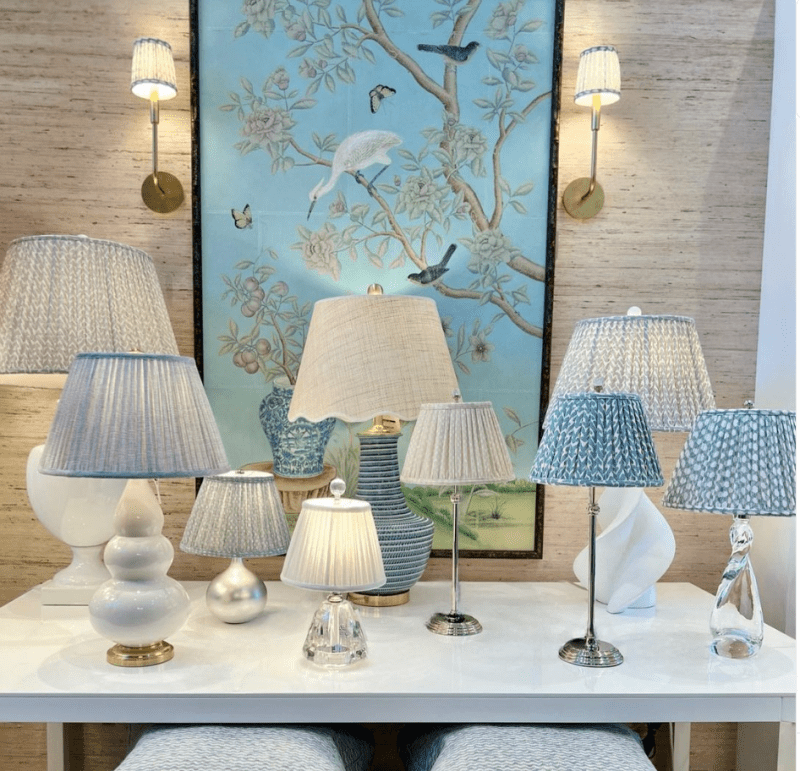
Tracing its modern roots to the 17th Century, lampshades began as pragmatic coverings often made simple materials such as parchment, glass, or metal, used for the diffusion of flickering candle or oil lamp light. In Paris, the first public lanterns adorned the city streets, illuminating pathways during the night. Oil lamps with reflectors suspended above the thoroughfares giving way for the first public example of “lampshades”.
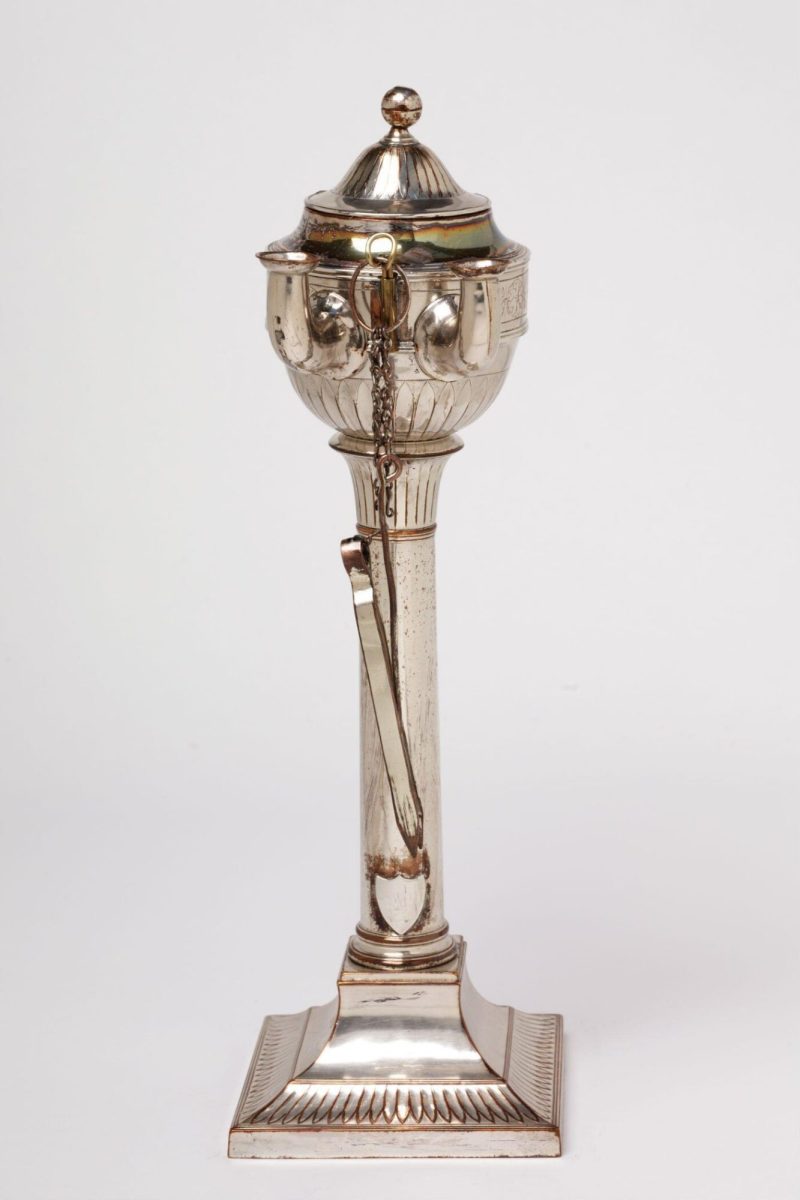
Over the centuries, craftsmanship evolved, and artisans began to slowly adorn lampshades with intricate decorative elements. As artistic movements such a Rococo and Neoclassical took center stage and lampshades reflected the prevailing aesthetics, with each era leaving its indelible mark on their design.
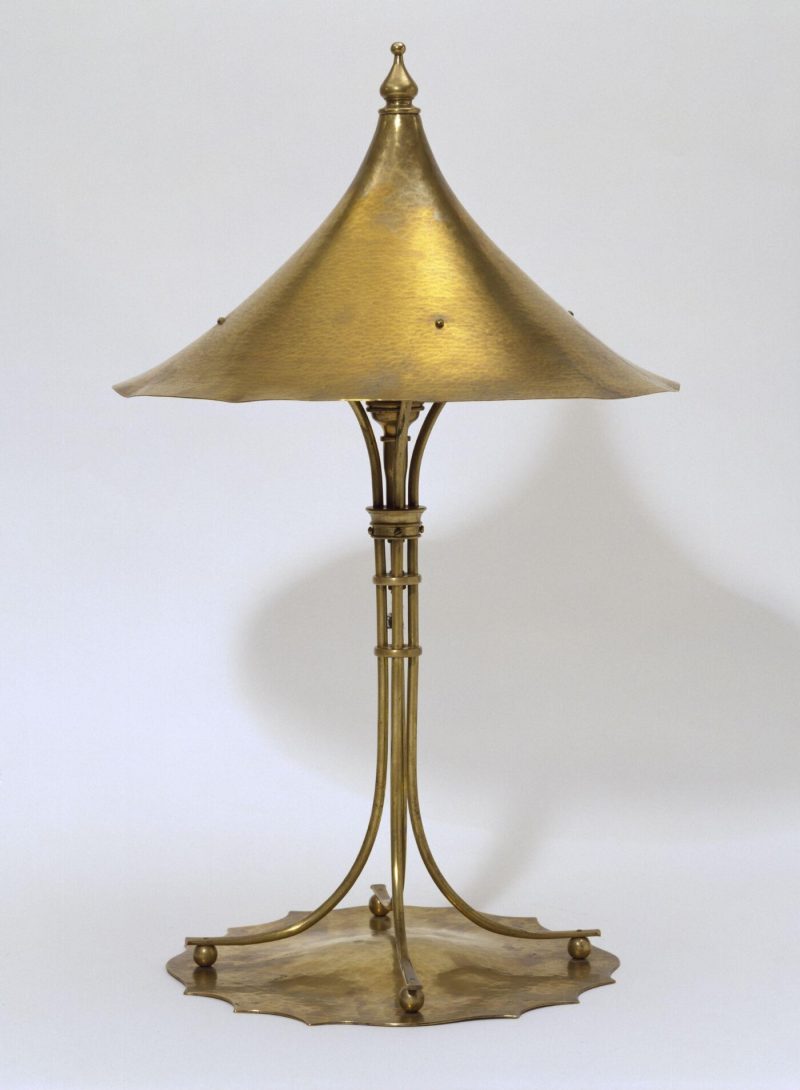
The era of Queen Victoria (1837-1901) witnessed a profound shift in the concept of lampshades as we know it. They transcended their utilitarian origins to embrace a newfound aesthetic dimension and use with the advent of the first incandescent light bulb. Lampshades were now needed to conceal the intensity of the electric light and the otherwise visible bulb. They emerged adorned with intricate designs, beguiling combinations of luxurious materials, beads, delicate lace, and graceful fringe, offering the opportunity adorn homes with a tasteful and refined adornments with a distinct purpose.
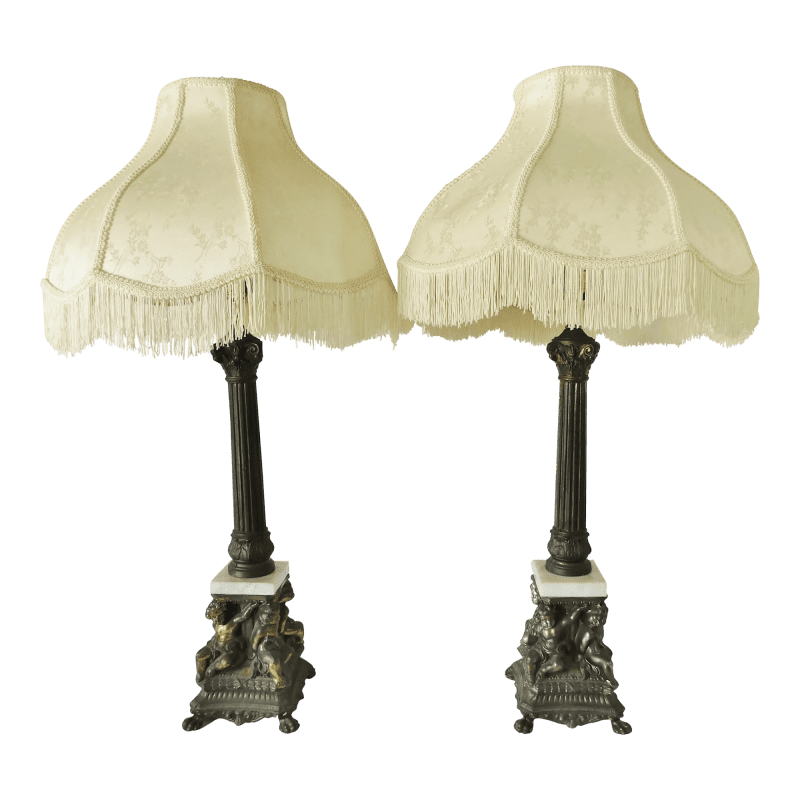
Choosing Your Shade
As lampshade design progressed, distinct styles developed leading to the cornucopia of shapes, fabrics, and other beautiful trimmings we see today. The options are endless and nothing is off the table. In terms of aesthetics, the general rule for harmonizing lamps and shades is to consider the shape of the lamp base and then finding a shade with a similar contour. For instance, if you have a bottle or urn-shaped lamp, tapered shades work well, while square lamps pair nicely with straight-sided shades. Column lamps, on the other hand, can go with either type of shade.
See below for the definitive guide on lampshade styles!
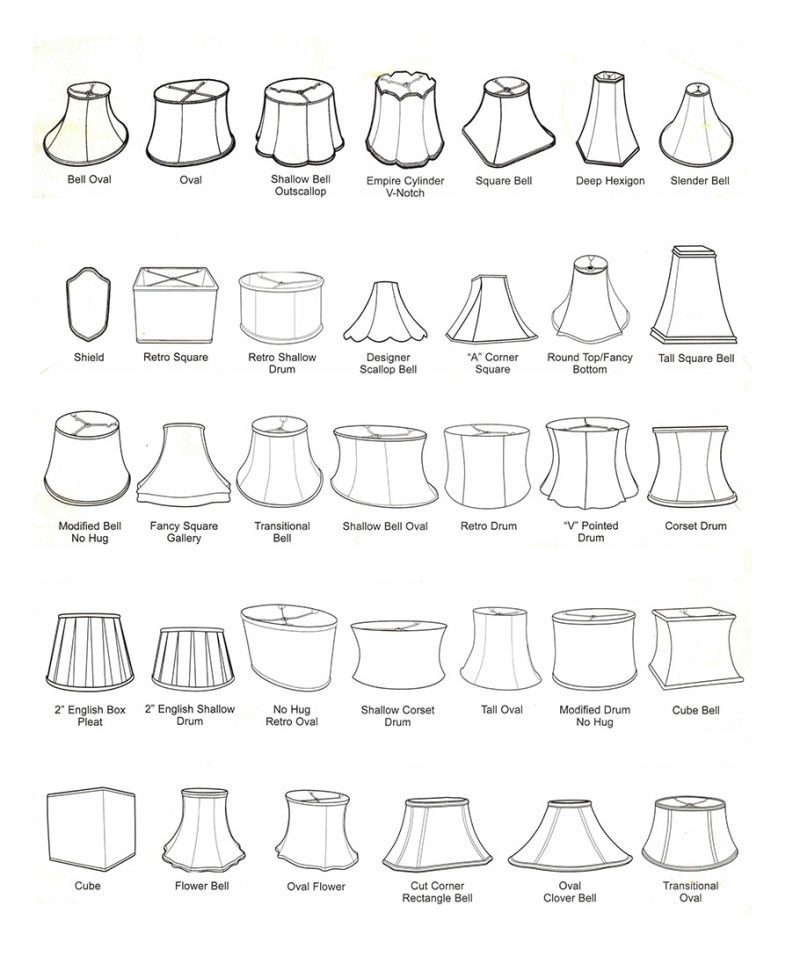
When selecting a lampshade for table lamps, keep these three essential guidelines in mind:
- The width of the lampshade should match the height of the lamp base.
- The height of the lampshade should be two-thirds of the height of the lamp base.
- The lampshade’s width should exceed the widest part of the lamp base.
- Balance, balance, balance!
For floor lamps, measure the height of the lamp base from the bottom to the top of the bulb rod. Next, divide this measurement by four, and you’ll get the ideal approximate height for the lampshade.
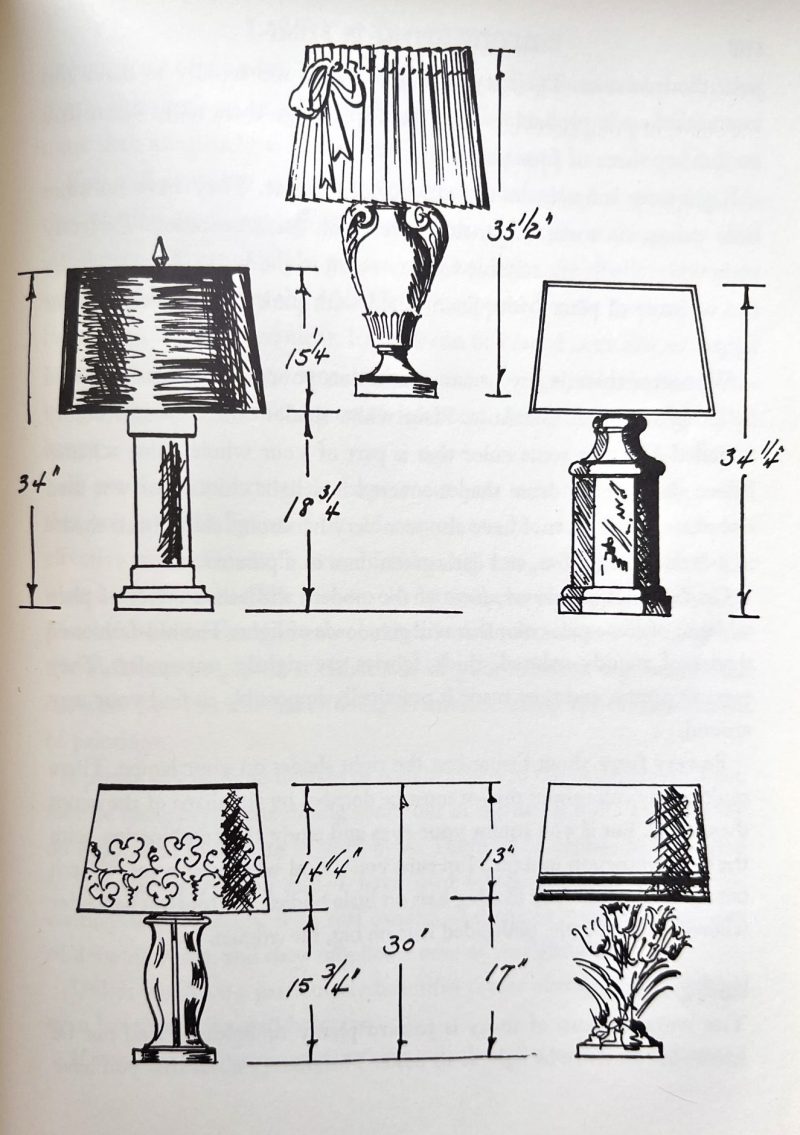
For all your custom or ready-made lampshade needs, take a look The Glam Pad approved resource list!

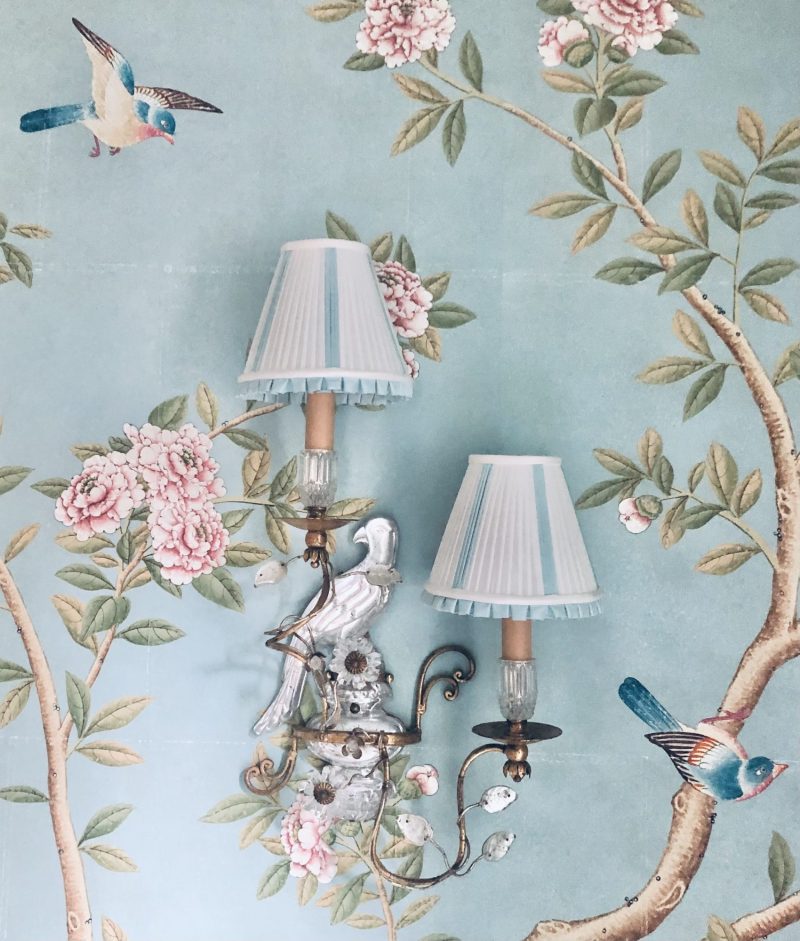
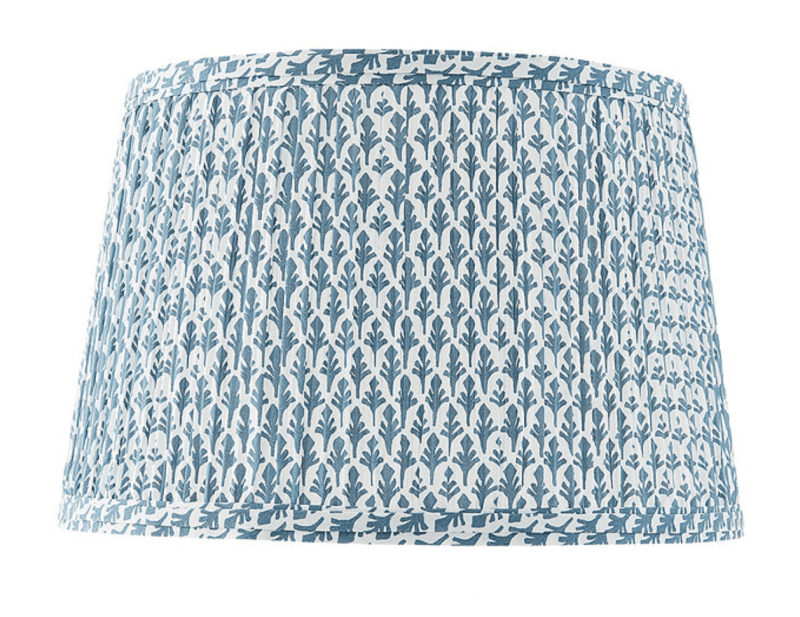
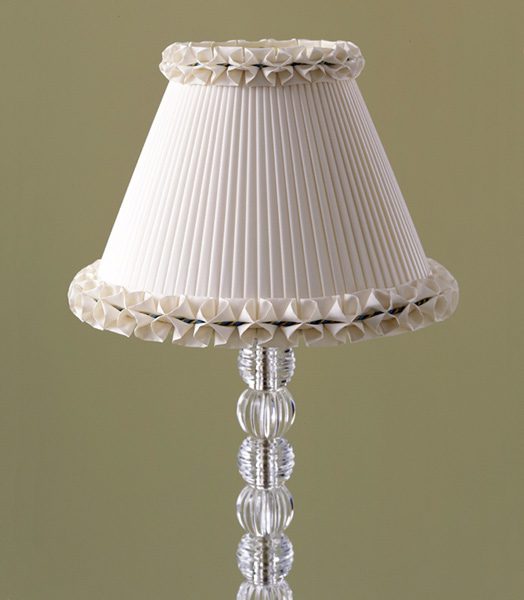
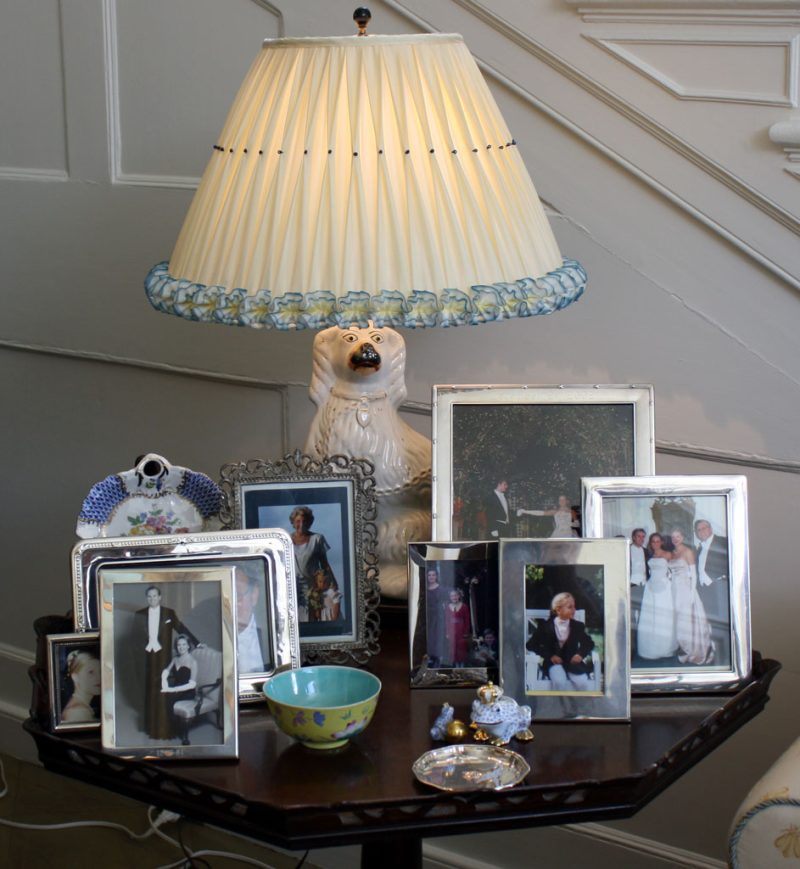
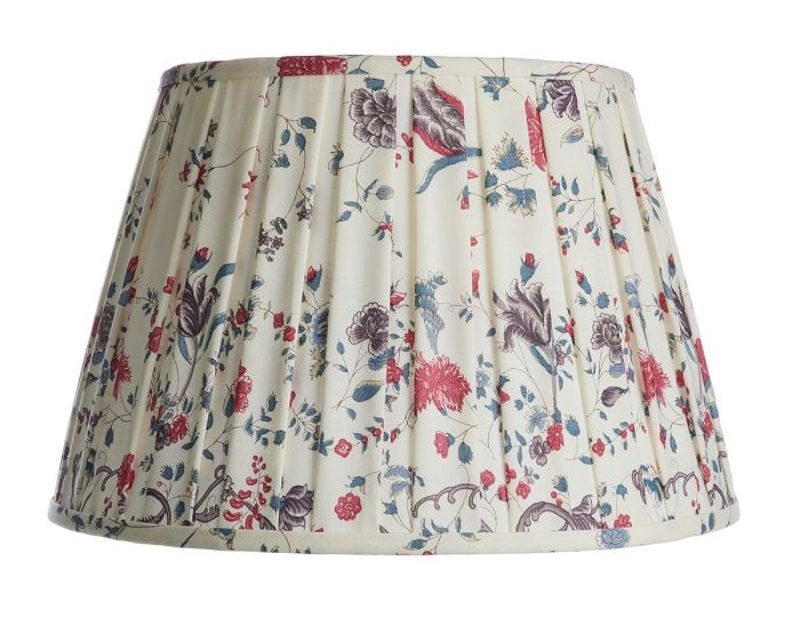
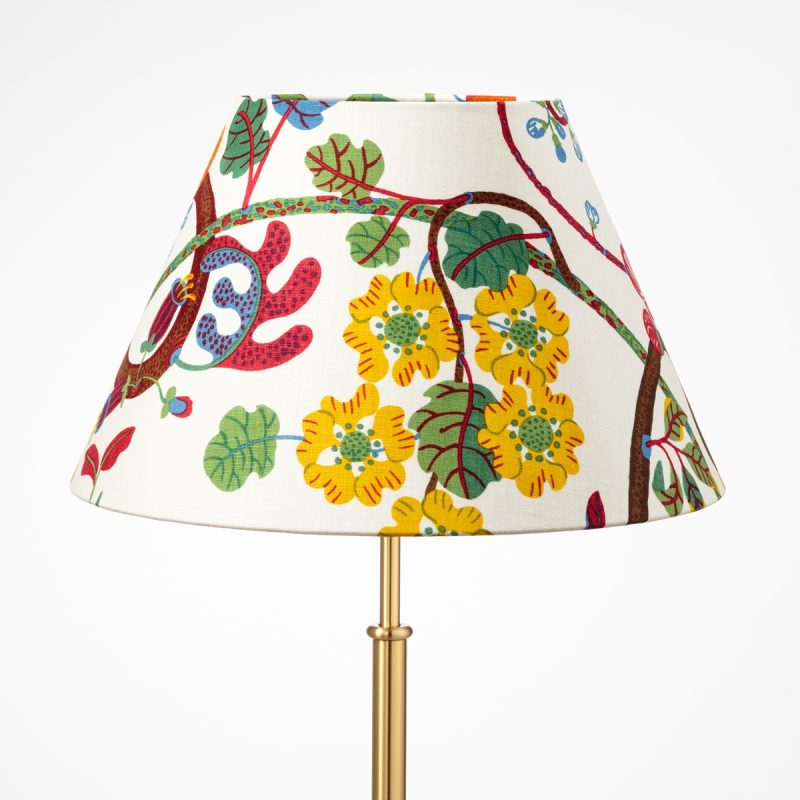
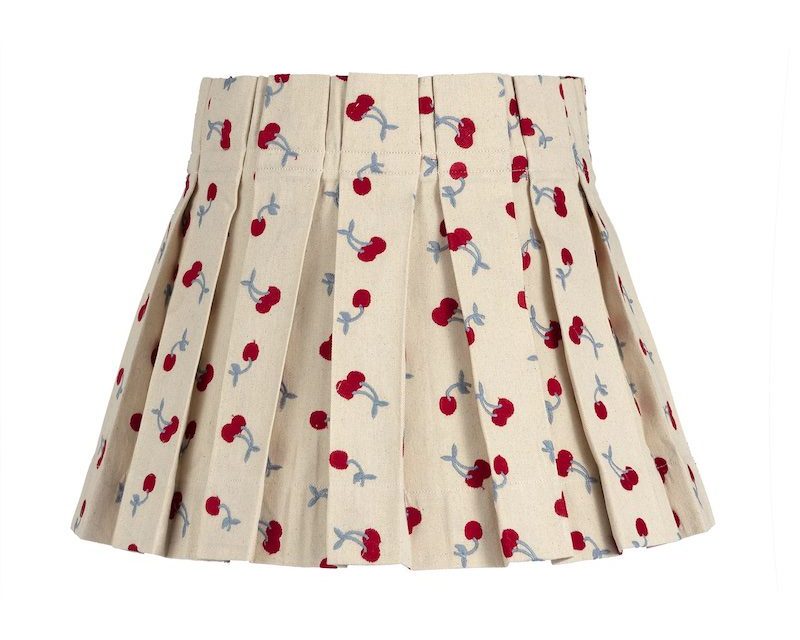
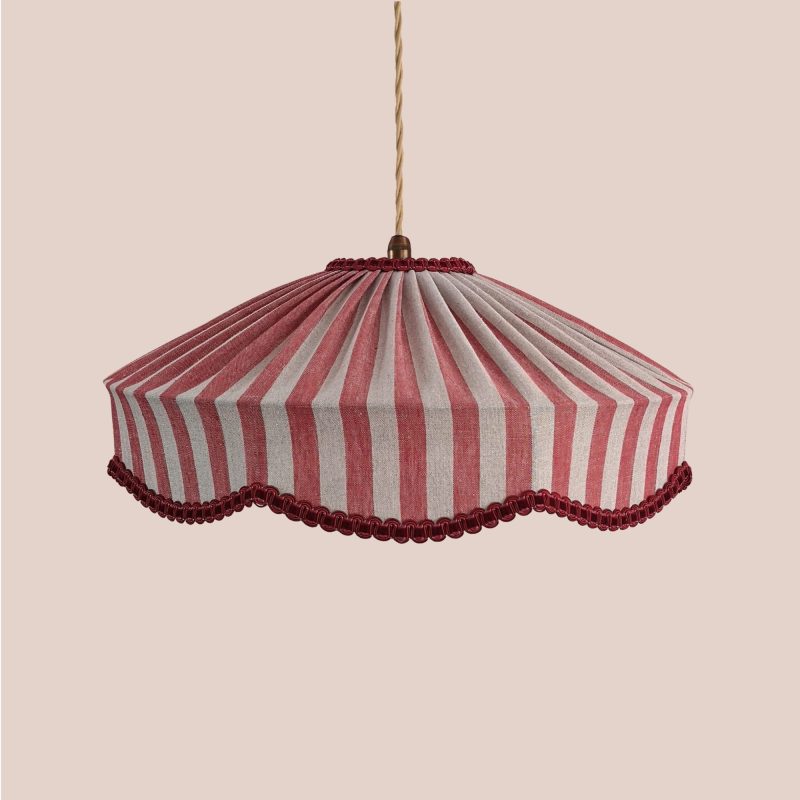
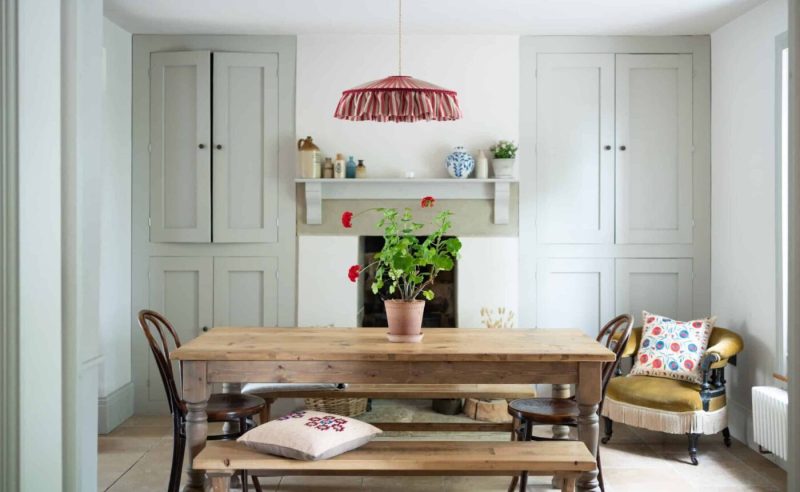



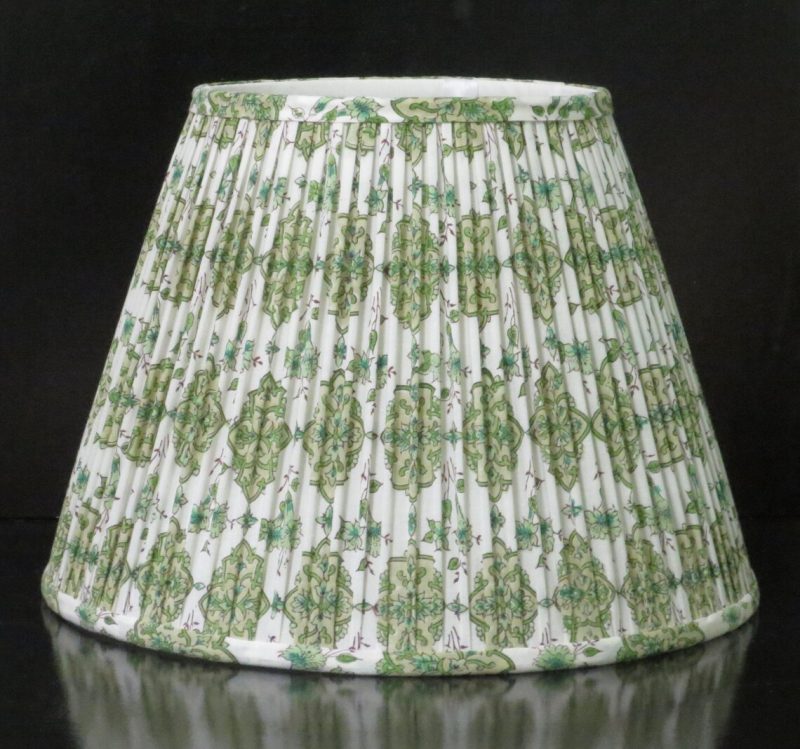
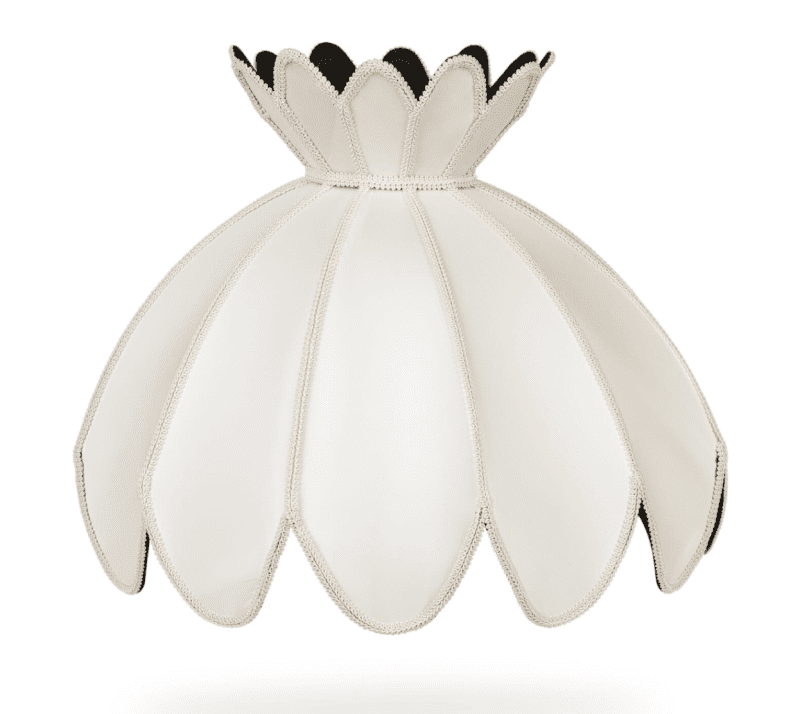
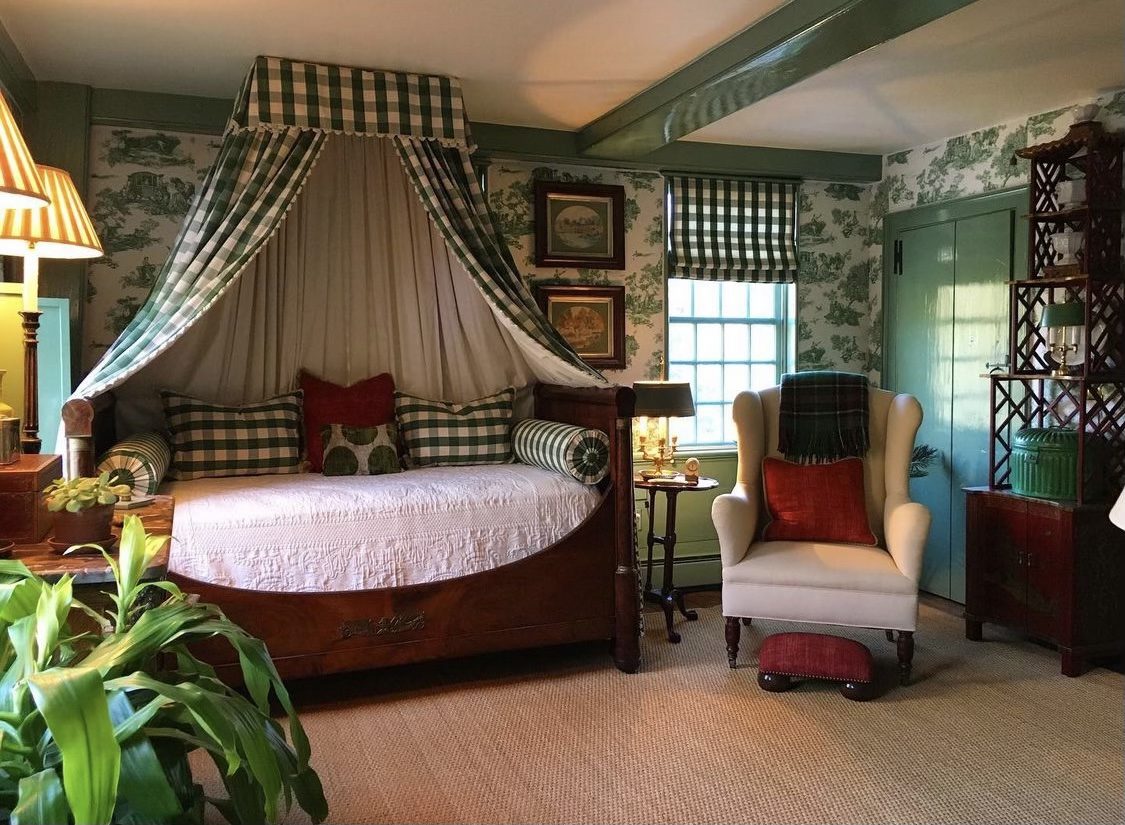


Informative article. Thank you
Thank you for this post Natalie! Very helpful. Interesting too!
Thank you for posting this interesting and much-needed information!
Wow! What great resources. Many thanks!
Thank you for all of this very interesting information! My friend loves them, and talked to be about them for AGES!